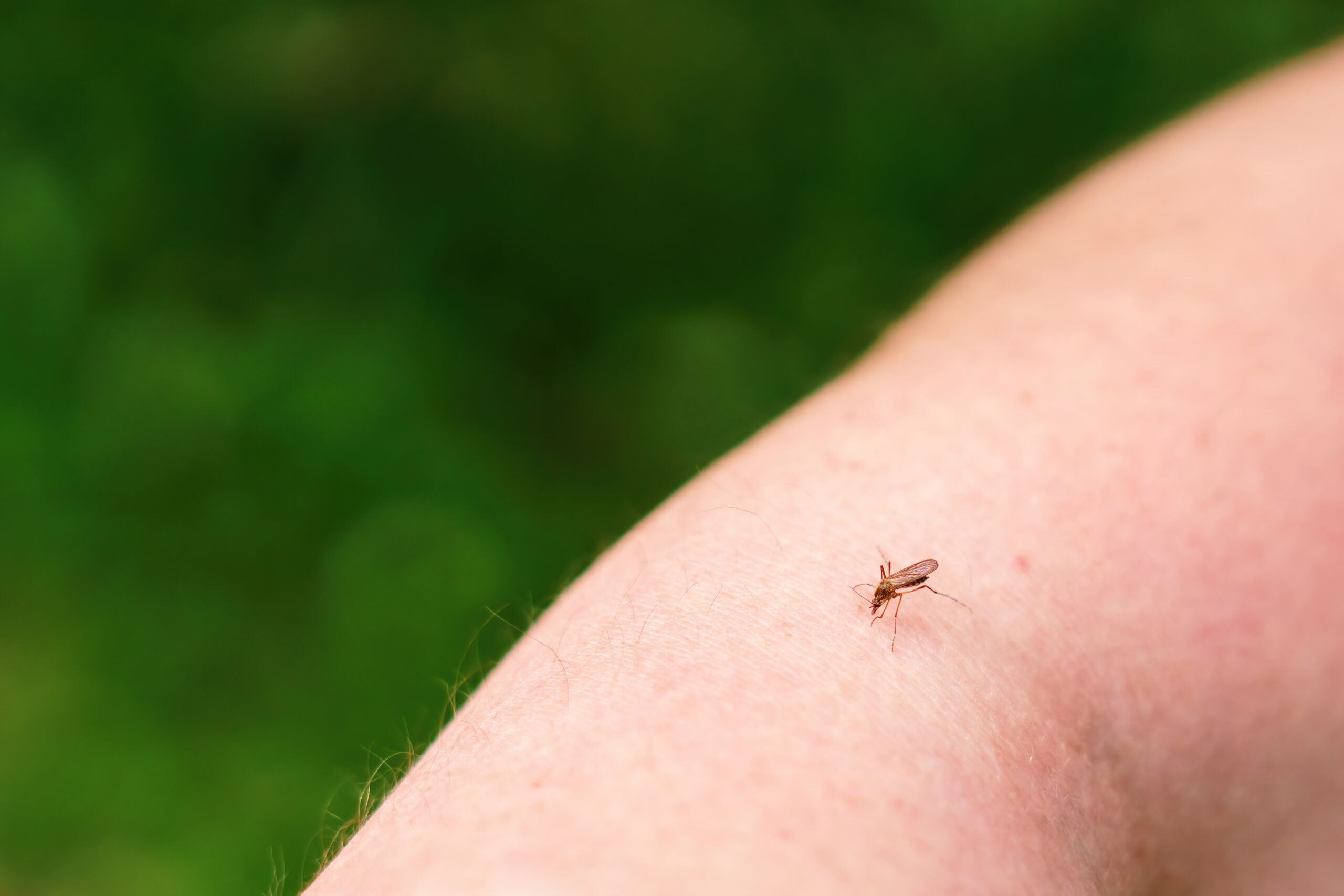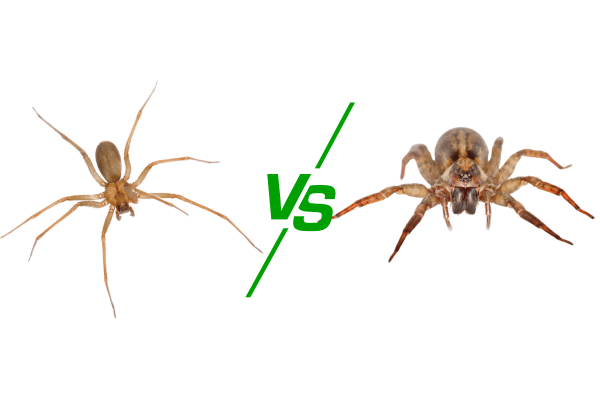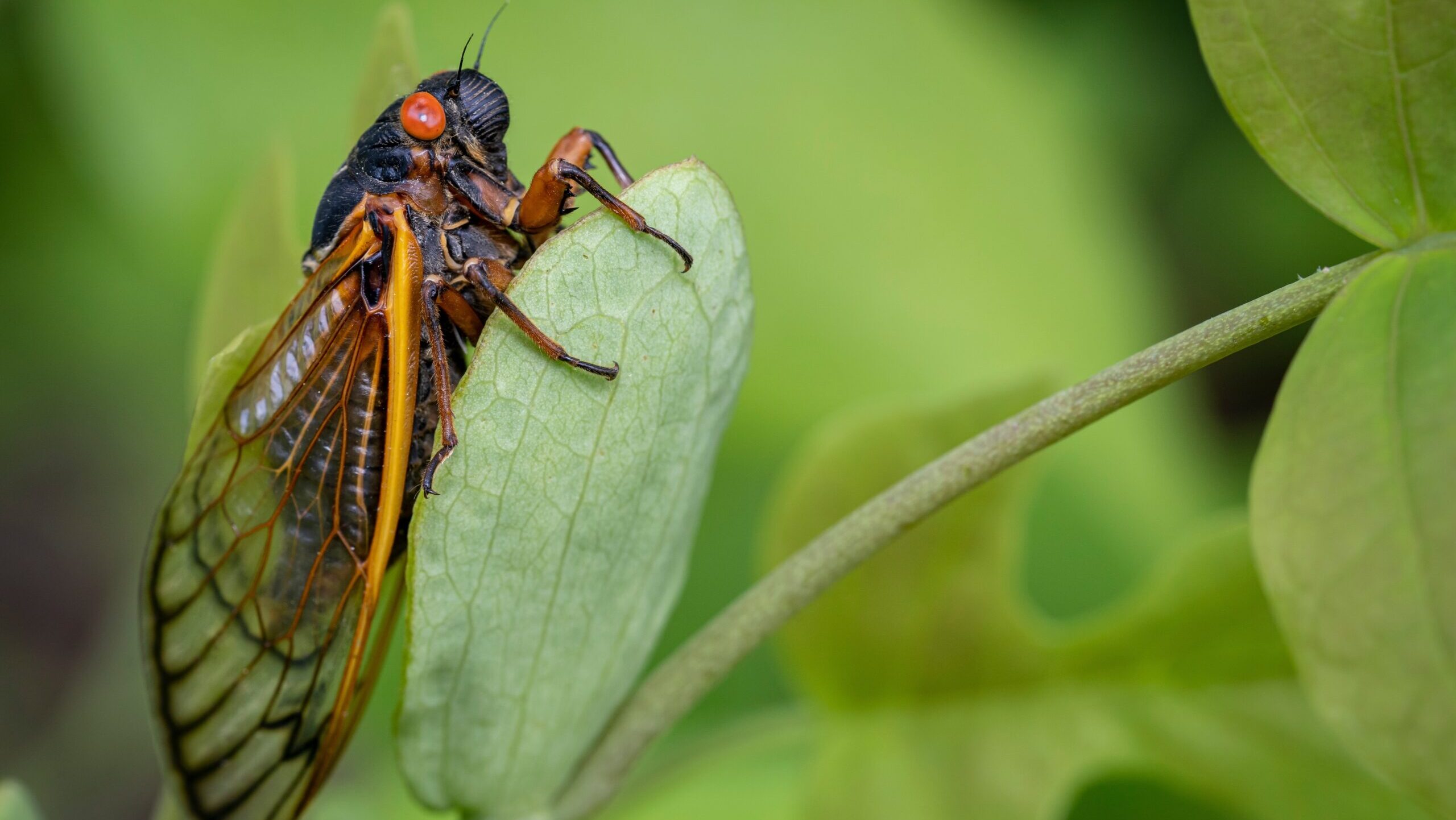As temperatures begin to drop, crickets often seek warmth and shelter by making their way indoors. While their presence may seem harmless at first—aside from their noisy chirping—crickets can actually invite more serious pest problems into your home. Predators like spiders and scorpions are drawn to the sound of crickets, which can lead to a broader infestation. In this post, we’ll explain why crickets move indoors, the risks they pose, and how Phoenix Pest can help keep your home cricket-free.
Why Crickets Come Indoors
Crickets are naturally outdoor insects, but when temperatures fall, they seek out warmer, protected environments, which often means they end up inside homes. They are most active at night and tend to hide in dark, damp areas like basements, crawl spaces, or closets, where they can go undetected until their characteristic chirping begins.
Reasons Crickets Move Indoors:
- Warmth: As cold-blooded insects, crickets need warmth to survive. When outdoor temperatures drop, they seek warmth in homes, garages, and basements.
- Shelter: Crickets prefer dark, moist environments to hide and lay eggs. They can find shelter in cluttered areas, basements, and under furniture.
- Food Sources: Crickets are omnivorous and will eat a variety of organic materials, including fabrics, paper, and even wood. Homes that provide easy access to food sources can attract crickets.
The Risks of Crickets in Your Home
While crickets may not seem like a major threat on their own, their presence can lead to bigger pest problems:
- Attracting Predators: The chirping noise that crickets make can attract predators such as spiders and scorpions, both of which can enter your home in search of food. This creates a larger pest problem as these predators invade to hunt the crickets.
- Damage to Fabrics and Papers: Crickets are known to chew on fabrics, including clothing, upholstery, and even paper. Over time, their feeding habits can cause damage to valuable items in your home.
- Pest Infestation Cycles: The presence of crickets can indicate that your home has small openings or cracks that allow them to enter. These entry points can also be exploited by other pests, such as ants, spiders, and rodents, leading to more extensive infestations.
How to Prevent Crickets from Entering Your Home
The best way to keep crickets—and the pests they attract—out of your home is through prevention. Here are some simple steps to keep them at bay:
- Seal Cracks and Gaps: Inspect your home for cracks in the foundation, windows, and doors. Use caulking or weatherstripping to seal any potential entry points that crickets may use.
- Reduce Moisture: Crickets are attracted to damp environments, so eliminating excess moisture inside your home is essential. Repair leaky pipes, use dehumidifiers in basements and crawl spaces, and ensure proper ventilation to reduce humidity.
- Clean Up Debris: Crickets can hide in cluttered areas both inside and outside your home. Keep your yard free of wood piles, leaf litter, and other debris, and avoid clutter in basements and garages.
- Limit Outdoor Lighting: Crickets are drawn to light, so minimizing outdoor lighting or using yellow insect lights can help reduce the number of crickets around your home’s entry points.
Keep Crickets (and Their Predators) Out
Crickets may seem like a minor inconvenience, but they can invite larger pest problems by attracting spiders and scorpions into your home. By taking steps to prevent crickets from entering—such as sealing cracks, reducing moisture, and limiting outdoor lighting—you can protect your home from a potential infestation.
If crickets or other pests have already entered your home, don’t hesitate to reach out to Phoenix Pest. Our team of experts can provide professional pest control solutions to keep your home pest-free.




